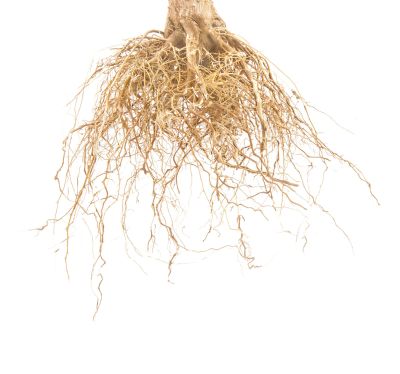What are Feeder Roots?
Most gardeners are familiar with thick, woody, tree roots. These are the large roots you see when a tree tips over and its roots are pulled from the ground. Sometimes the longest of these roots is a tap root: a thick, long root that heads straight down into the ground. In some trees, like oak, the taproot can sink into the ground as far as the tree is tall. So, what are feeder roots? Feeder roots of trees grow out of the woody roots. They are much smaller in diameter but they perform critical functions for the tree.
What Do Feeder Roots Do?
While woody roots typically grow down into the soil, feeder roots usually grow up toward the soil surface. What do feeder roots do on the surface of the soil? Their main job is to absorb water and minerals. When the feeder roots of trees get near the soil surface, they have access to water, nutrients, and oxygen. These elements are more abundant near the soil surface than deep within the soil.
Tree Feeder Root Information
Here’s an interesting piece of tree feeder root information: despite their smaller size, the feeder roots make up the larger part of the root system’s surface area. Feeder roots of trees are usually found in all of the soil that is under the canopy of the tree, no more than 3 feet (1 meter) from the surface. In fact, the feeder roots can push out farther than the canopy area and increase the plant surface area when the plant needs more water or nutrients. If the soil conditions are healthy, the feeder root area can grow far beyond the drip line, often extending out as far as the tree is tall. The main “feeder roots” spread in the topmost soil layers, usually no deeper than about a few feet (a meter).
